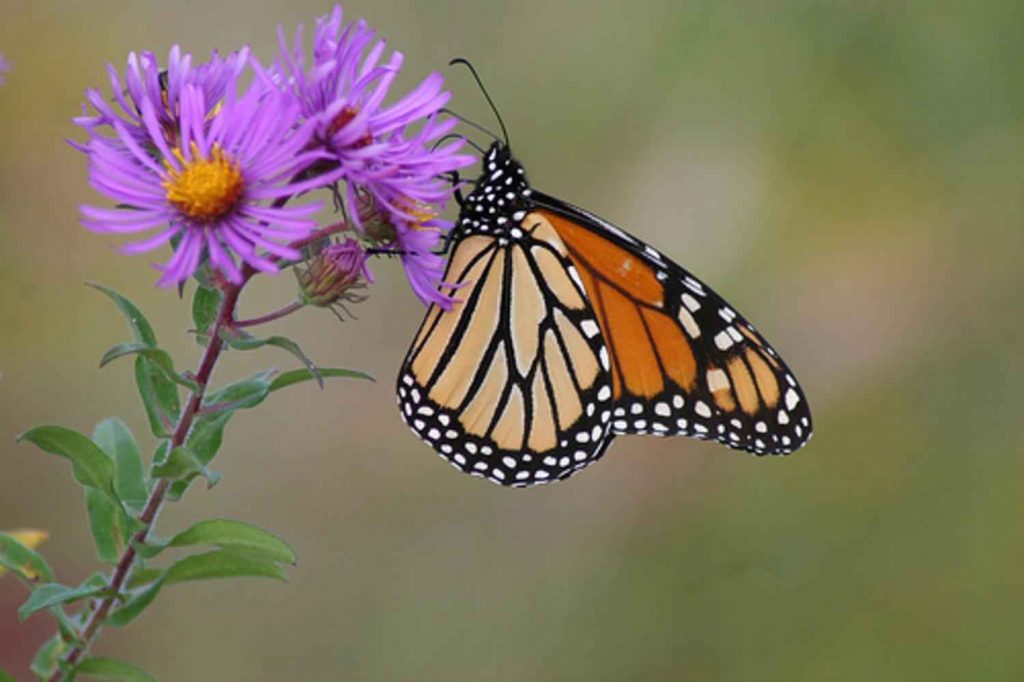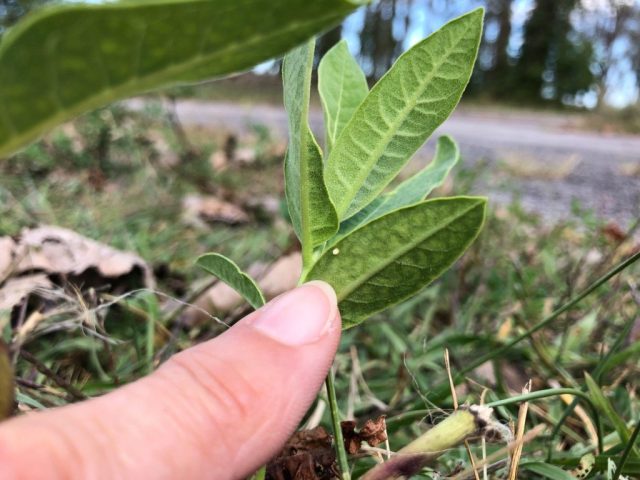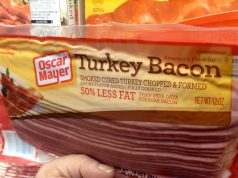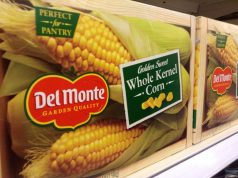OHIO – Ohio Division of Wildlife posted a photo of a tiny milkweed plant found in a parking lot at Magee Marsh Wildlife Area in Ohio, and on that tiny plant was a monarch egg, that may help drive the Monarch out of extinction in Ohio.
Since 1990, monarch populations have crashed, with nearly 1 billion of the butterflies dying.
Scientists say that pollution has played a role in the problem but also the destruction of the monarch’s habitat and food source through the use of weed killer Roundup and Roundup-ready crops.

The biggest answer has been milkweed. Much attention has focused on the loss of breeding habitat, with recent studies indicating that an estimated 1.8 billion milkweed stems nationwide would be needed to return monarchs to a more viable population size. The Presidential Memorandum — Creating a Federal Strategy to Promote the Health of Honey Bees and Other Pollinators and the resulting Pollinator Research Action Plan specifically identifies roadsides as priority areas where habitat could be expanded.
To help foster the creation of habitat for the monarch butterfly, the Ohio Pollinator Habitat Initiative (OPHI), in cooperation with Ohio Soil and Water Conservation Districts is organizing a statewide milkweed pod collection starting Sept. 1 and ending Oct. 31.
Milkweed is essential to the survival of monarch butterflies. Milkweed is the only host plant for the monarch butterfly for egg-laying and caterpillar rearing. It also serves as a food source for monarchs as well as many other pollinator species.
Make sure that before you collect seed you become familiar with the common milkweed to avoid harvesting pods from similar plants such as hemp dogbane and swamp milkweed. It is best to collect the pods when they are dry and gray or brown in color.
• Do not pick them when they are green; the seeds will not be viable.
• If the center seam pops with gentle pressure, they can be harvested.
• Store the pods in paper bags; plastic bags collect unwanted moisture.
• Put the date and county collected on the bag when delivering them.
• Keep the pods in a cool, dry area until they can be delivered to the nearest collection site.










